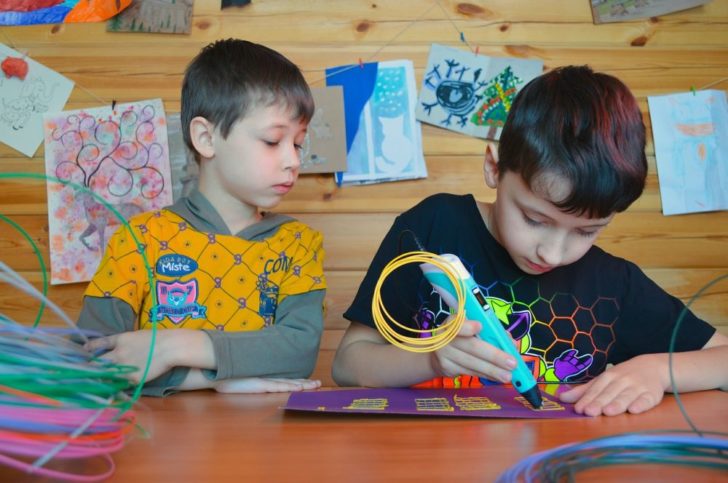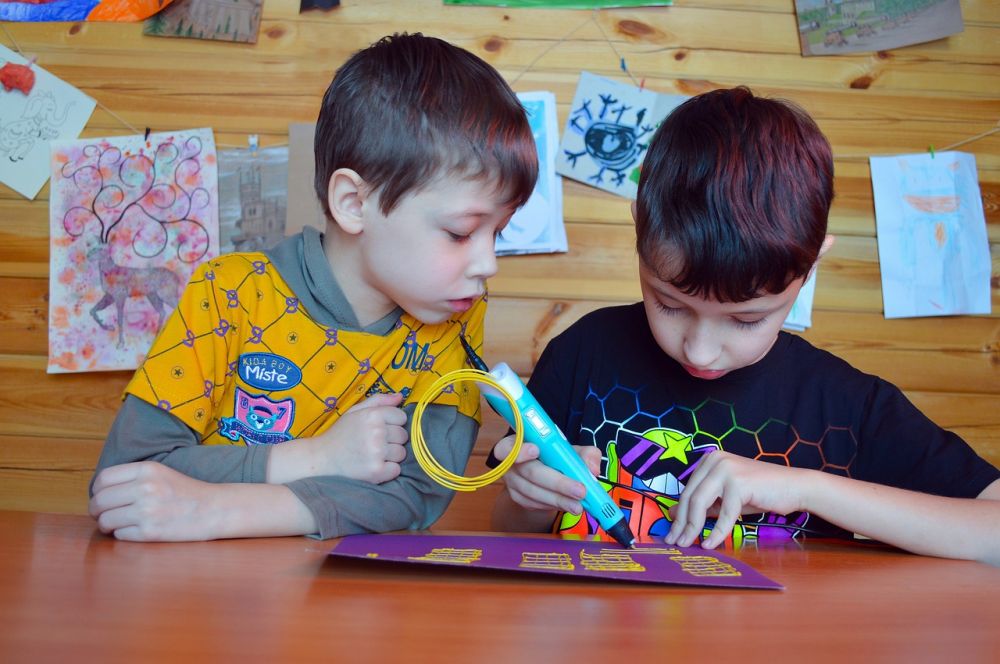Fever in Children: A Comprehensive Guide

Introduction
Fever is a common occurrence in children and can sometimes cause concern among parents. In this article, we will provide a detailed overview of fever in children, including its definition, types, prevalence, and relevant quantitative measurements. Additionally, we will explore the differences between various types of fever in children and discuss the historical pros and cons associated with different fever remedies. By structuring the content effectively, we aim to increase the likelihood of this article appearing as a prominent snippet in Google search results.
Overview of ”Fever in Children”

Fever is a medical condition characterized by an elevated body temperature above the normal range. In children, a fever is typically considered when their body temperature exceeds 100.4F (38C). It is often a sign that the body is fighting off an infection. However, it’s important to note that fever itself is not a disease but rather a symptom of an underlying health issue.
Comprehensive Presentation of ”Fever in Children”
There are various types of fevers that children can experience, including viral, bacterial, and inflammatory fevers. Each type has distinct characteristics and underlying causes. Viral fevers, for instance, are commonly caused by respiratory or gastrointestinal infections, while bacterial fevers are often associated with specific bacterial infections. Inflammatory fevers, on the other hand, are typically caused by autoimmune disorders or certain medication reactions. It’s crucial to identify the type of fever accurately in order to determine the most appropriate treatment.
Quantitative Measurements of ”Fever in Children”
When assessing a child’s fever, healthcare professionals rely on quantitative measurements of body temperature. The most common method is using a digital thermometer placed in the child’s mouth, rectum, or ear. These accurate measurements help track and monitor the severity of the fever. Furthermore, certain fever apps and wearable devices enable parents to continuously monitor their child’s temperature and receive alerts when it exceeds a specified threshold.
Differences in Various Types of ”Fever in Children”
While all fevers involve a rise in body temperature, there are significant differences in terms of symptoms, duration, and responses to treatment. Viral fevers, for example, often present with respiratory symptoms such as cough and runny nose, whereas bacterial fevers may be accompanied by specific infection-related symptoms, such as swollen lymph nodes. Understanding these differences allows healthcare providers to tailor the treatment approach accordingly, ensuring the best possible outcome for the child.
Historical Overview of Pros and Cons Associated with Different ”Fever in Children” Remedies
Over time, various fever remedies have been used to manage fever in children. These range from pharmaceutical options such as acetaminophen and ibuprofen to natural remedies like herbal teas and cool baths. Each approach has its pros and cons. Pharmaceutical options provide quick relief, but overuse or improper dosage can have adverse effects. Natural remedies, on the other hand, may be gentler on the child’s body but might not provide immediate relief. It’s important for parents to be aware of the potential benefits and risks associated with each remedy and consult with healthcare professionals if uncertain.
Conclusion
In conclusion, fever in children is a common occurrence that can be managed effectively with proper understanding and care. By providing a comprehensive overview of fever in children, including its definition, types, measurements, differences between various fevers, and historical pros and cons of different remedies, we hope to empower parents and healthcare providers with valuable knowledge. Always remember to consult with a medical professional for advice specific to your child’s condition.
FAQ
What are the different types of fevers in children?
What are the pros and cons of different fever remedies for children?
What temperature is considered a fever in children?
Fler nyheter
Utforska casino online – en värld av spel och underhållning
Introduction Fever is a common occurrence in children and can sometimes cause concern among parents. In this article, we will provide a detailed overview of fever in children, including its definition, types, prevalence, and relevant quantitative mea...
Maja Bergman Lindberg
07 februari 2024
Självspelande piano – en magisk musikupplevelse
Introduction Fever is a common occurrence in children and can sometimes cause concern among parents. In this article, we will provide a detailed overview of fever in children, including its definition, types, prevalence, and relevant quantitative mea...
Maja Bergman Lindberg
07 februari 2024
Palettblad com – En färgsprakande värld av växter för trädgårdsälskare
Introduction Fever is a common occurrence in children and can sometimes cause concern among parents. In this article, we will provide a detailed overview of fever in children, including its definition, types, prevalence, and relevant quantitative mea...
Jon Larsson
18 januari 2024
Plantera palettblad: En grundlig guide till olika typer och historiska genomgångar
Introduction Fever is a common occurrence in children and can sometimes cause concern among parents. In this article, we will provide a detailed overview of fever in children, including its definition, types, prevalence, and relevant quantitative mea...
Jon Larsson
18 januari 2024











